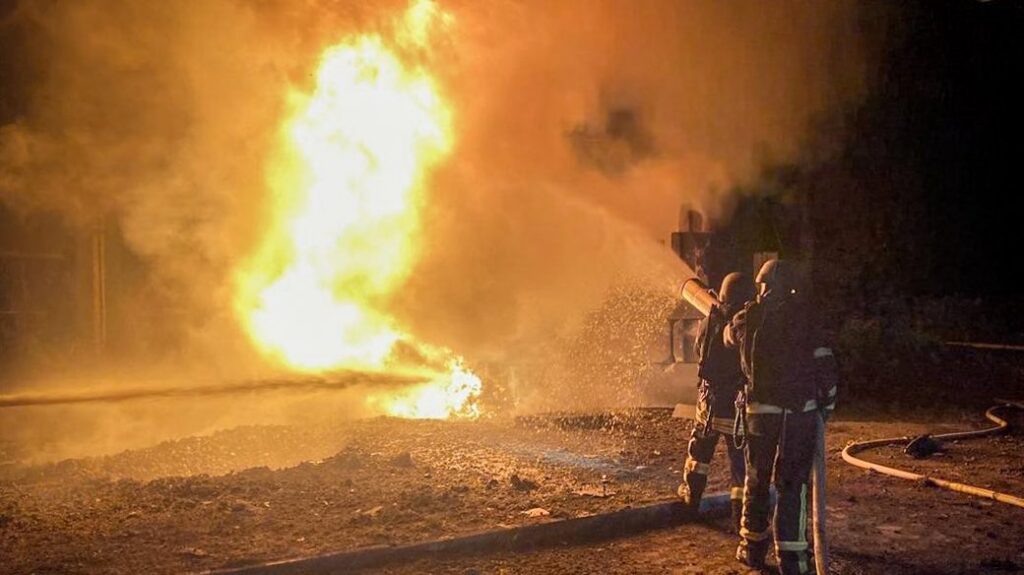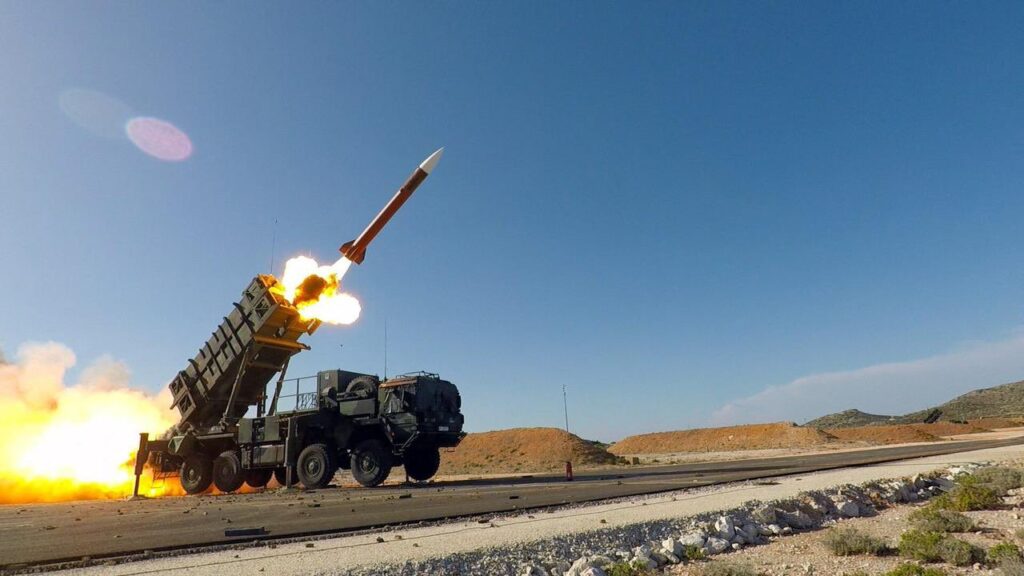Ukraine shoots down only half of Russian drones as Moscow terror attack targets power facilities in three regions

Overnight on 11 November, Russian long-range drones struck energy facilities in Odesa, Donetsk, and Kharkiv oblasts, according to the Ukrainian Ministry of Energy. The Odesa Oblast Military Administration said drones hit Reni, wounding one person and setting energy and rail sites ablaze, while Ukraine’s Air Force reported that 53 of the 119 drones were downed.
Amid the ongoing Russo-Ukrainian war, Moscow continues its terror drone campaign against Ukraine’s power grid as winter sets in, seeking to deprive civilians of electricity and heating. Notably, Ukraine’s air defenses are weakening: while a few months ago up to 90% of incoming long-range drones were intercepted, this time—despite only around 120 drones being launched—less than half were shot down.
Russia targets energy infrastructure in three oblasts
Russian forces attacked energy infrastructure in Odesa, Donetsk, and Kharkiv oblasts overnight, Ukraine’s Ministry of Energy reported. The strikes caused damage to critical facilities, prompting immediate repair efforts. Officials said hourly blackout schedules are now in effect across most oblasts, lasting from 00:00 to 23:59.
Power grid operator Ukrenergo noted that the blackout schedules apply in two to four alternating stages and affect both households and industrial users. These schedules are published on the websites of regional power distribution operators.
Crews have begun emergency restoration works and expect power to be restored by the end of the day.
Odesa hit by fire, rail depot and admin buildings damaged
In Odesa Oblast, Russian drones struck both energy and transport infrastructure overnight. The State Emergency Service of Odesa Oblast reported fires at energy sites, which were extinguished by 22 emergency workers with four vehicles, alongside two vehicles and seven personnel from local fire brigades. The Odesa Oblast Military Administration said administrative buildings and a Ukrzaliznytsia rail depot were among the damaged targets.
One civilian suffered shrapnel wounds and received medical attention. Local authorities confirmed that critical infrastructure is now operating on backup generators, and “invincibility points” have been opened to provide heating and electricity access for civilians. Law enforcement is documenting what officials describe as further Russian war crimes.
According to Suspilne, the air raid alert in Odesa Oblast began at 23:01 on 10 November. The Air Force warned of incoming attack drones from the Black Sea toward Izmail district. At 00:28, several groups of drones were confirmed moving toward Reni. The alert ended at 1:35.
Nearly 120 drones launched, Ukraine intercepts just 53
Ukraine’s Air Force reported that Russian forces launched 119 attack UAVs between the evening of 10 November and the morning of 11 November, using explosive Shahed, decoy Gerbera, and other types of drones. Launch points included Russia’s Oryol, Bryansk, Kursk, and Millerovo, as well as the Russian-occupied village of Hvardiiske in Crimea. Approximately 80 of the drones were Shaheds.
The strikes focused on frontline oblasts including the oblasts of Donetsk, Kharkiv, and Dnipropetrovsk, as well as Odesa. Ukraine’s defense used aviation, anti-aircraft missile units, electronic warfare systems, drone defense groups, and mobile fire teams to respond. As of 09:30, 53 drones had been shot down or suppressed across the north, east, and south.
Read also
-
Difficult Pokrovsk–Myrnohrad battles rage as both Ukrainian and Russian forces advance, ISW reports
-
Russian drones and bombs injure civilians, hit homes and energy infrastructure in nine oblasts
-
Targeting the lifesavers: Russia’s repeated assaults killed five Ukrinian rescuers, injured dozens over three months


